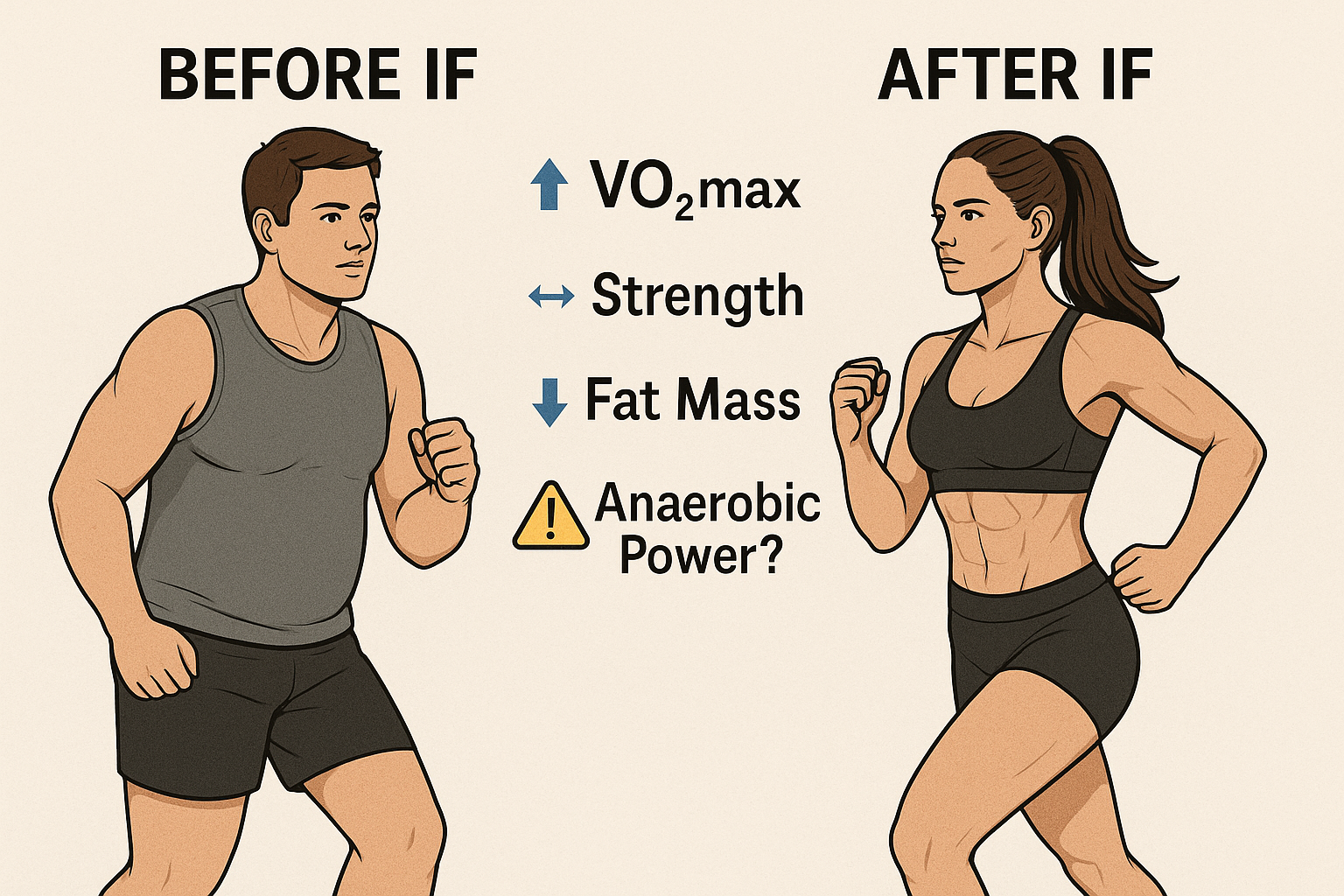Introduction
Intermittent fasting (IF), defined as alternating periods of food intake and voluntary abstention from calories, has gained substantial popularity as a nutritional and lifestyle strategy. Unlike traditional continuous energy restriction methods, IF focuses more on when to eat rather than what to eat, offering a flexible approach for individuals aiming to manage their weight, improve metabolic health, and potentially extend lifespan. The mainstream attention to IF stems not only from its simplicity and feasibility but also from growing evidence suggesting its beneficial effects on insulin sensitivity, blood lipid profiles, oxidative stress, and inflammation markers. However, despite widespread enthusiasm, a critical question remains unanswered: how does intermittent fasting impact athletic performance?
In recent years, athletes and fitness enthusiasts have begun to adopt IF with the hope of optimizing body composition without compromising physical performance. This trend is partially influenced by the physiological logic behind fasting, which promotes enhanced fat oxidation, hormonal regulation, and potential mitochondrial efficiency. Nonetheless, the extrapolation of these effects to the domain of athletic performance is not straightforward. Exercise physiology encompasses complex adaptations, and performance outcomes are tightly linked to energy availability, muscle protein synthesis, and recovery—all of which may be influenced by fasting protocols.
The ambiguity surrounding IF’s role in sports is particularly relevant for subdomains such as endurance training, resistance performance, and high-intensity anaerobic efforts. Questions such as whether fasting before training impairs energy output, or whether time-restricted feeding compromises recovery and muscle repair, are of both scientific and practical importance. Previous anecdotal reports and small-scale studies have yielded conflicting findings. Some suggest that IF may support fat loss while preserving lean mass, whereas others raise concerns about reduced power output and impaired recovery due to insufficient nutrient timing.
To provide clarity, a 2024 systematic review (PMCID: PMC10780856; PMID: 38201996) comprehensively analyzed the available literature on intermittent fasting’s effects on athletic parameters. This review evaluated multiple performance domains—including aerobic capacity, anaerobic power, muscular strength, and body composition—specifically in healthy, adult athletes. The review stands out due to its methodological rigor, focusing exclusively on controlled studies with athletic populations, rather than sedentary or clinical subjects. This distinction is critical, as athletes represent a physiologically unique group with higher energy demands and different adaptation responses compared to the general population.
The review’s findings present a nuanced picture. In terms of aerobic capacity, several studies suggested modest improvements, especially in protocols resembling time-restricted feeding (TRF), where meals are consumed within a shortened daily window (e.g., 8 hours). This may be attributed to enhanced mitochondrial efficiency or improved substrate utilization. However, these benefits were not universally observed, and performance gains were generally small.
Anaerobic performance, such as sprinting and power-based activities, showed neutral to mildly negative outcomes, likely due to reduced glycogen availability during fasted training sessions. Muscle strength performance, particularly in resistance training, appeared to be maintained in most cases, provided that total caloric and protein intake were adequate during the eating window. This supports the idea that IF does not necessarily impair muscular strength if implemented thoughtfully.
When considering body composition, the review found more consistent and favorable outcomes. Across multiple studies, IF was associated with reductions in fat mass while largely preserving or even slightly increasing lean muscle mass. These effects make IF an appealing strategy for athletes who aim to “cut” fat without entering severe caloric deficits that risk performance loss.
In summary, while intermittent fasting is not a universal enhancer of all performance metrics, it also does not appear to be inherently detrimental—especially when applied under structured, nutritionally sound conditions. The balance of evidence indicates that IF may serve as a viable strategy for athletes looking to optimize body composition with minimal compromise to strength and endurance capabilities.
This article aims to synthesize these findings and explore the nuanced interplay between fasting and physical performance. By understanding the specific conditions under which IF supports or hinders athletic metrics, athletes and practitioners can make more informed decisions regarding training, nutrition, and recovery.


